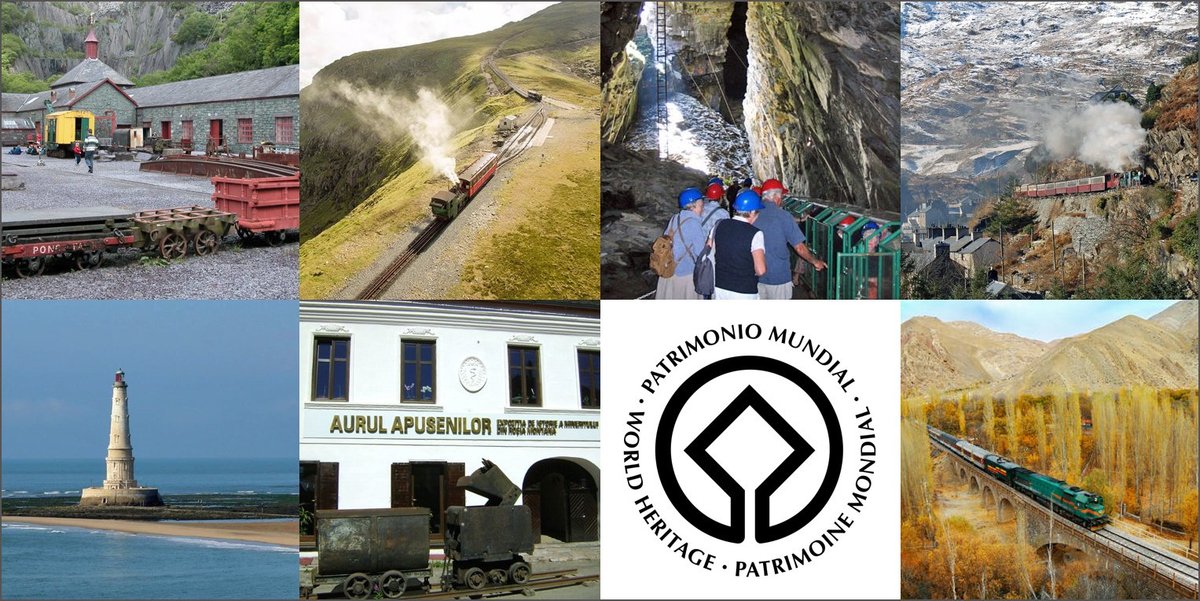
National Slate Museum Llanberis: World Heritage Status for ERIH Anchor Point
Late July, the UNESCO World Heritage Committee inscribed "The Slate Landscape of Northwest Wales" on the World Heritage List. The six component parts of the newly designated area include an ERIH Anchor Point: the Llanberis National Slate Museum. It is located in the disused workshops of the Dinorwig Slate Quarry, the world's largest slate quarry by the end of the 19th century. Further industrial monuments within the listed region include the Snowdon Mountain Railway, the Festiniog Mountain Railway and the Llechwedd Slate Caverns.
In its statement the World Heritage Committee notes, among other things: „The Slate Landscape of Northwest Wales illustrates the transformation that industrial slate quarrying and mining brought about in the traditional rural environment of the mountains and valleys of the Snowdon massif. The territory, extending from mountain-top to sea-coast, presented opportunities and constraints that were used and challenged by the large-scale industrial processes undertaken by landowners and capital investors, which reshaped the agricultural landscape into an industrial centre for slate production during the Industrial Revolution (1780-1914). The serial property comprises six components each encompassing relict quarries and mines, archaeological sites related to slate industrial processing, historical settlements, both living and relict, historic gardens and grand country houses, ports, harbours and quays, and railway and road systems illustrating the functional and social linkages of the relict slate industrial landscape. The property was internationally significant not only for the export of slates, but also for the export of technology and skilled workers from the 1780s to the early 20th century.“ (CC-BY-SA IGO 3.0)
Underlying the application for World Heritage status was a sequence of detailed archaeological studies covering the wider extent of the slate quarrying industry and refined by consultation with historians and re-checked in the field by industrial archaeological specialists. The focus has centred on the area that is widely acknowledged as the historic heartland of the Welsh industry – the Snowdonia Massif. At its height, the Nominated Property accounted for 90% of slate production and employed 75% of the entire slate workforce in Wales.
Apart from the Welsh slate region around the Snowdon Massif, the World Heritage Committee has designated further industrial heritage sites and monuments: the Cordouan Lighthouse in France, the Roșia Montană Mining Landscape in Romania, and the Trans-Iranian Railway. By contrast, Liverpool, one of England's most important maritime trading cities and a pioneer in the development of advanced docking facilities, has lost its World Heritage title – the third site ever to suffer this setback. As in the case of Dresden's Waldschlösschen Bridge in 2009, modern construction projects were cited that damaged the site's exceptional value.
The Slate Landscape of Northwest Wales:
National Slate Museum
Llechwedd Slate Caverns
Snowdon Mountain Railway
Festiniog Mountain Railway
Cordouan Lighthouse
Rosia Montana Mining Landscape
Trans-Iranian Railway

